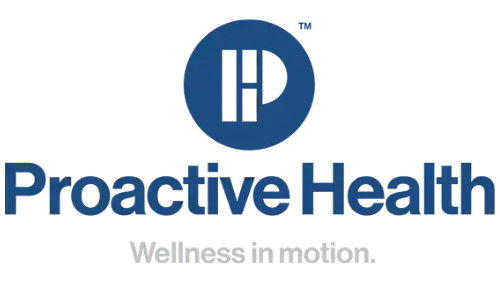Stroke Recovery: One of The Conditions Treated Through Neurological Physiotherapy
Introduction to Neurological Physiotherapy
Definition and Scope
Understanding neurological physiotherapy is crucial for those affected by neurological conditions such as strokes. This form of therapy focuses on the restoration of function, improvement of mobility, and enhancement of quality of life through specialized techniques tailored to individual needs. Key services in neurological rehab include Physiotherapy, Registered Massage Therapy, and Kinesiology, all aimed at aiding recovery and rehabilitation.
Importance in Stroke Recovery
Stroke recovery often requires a multifaceted approach to regain as much independence as possible. The role of neurological physiotherapy is pivotal in helping survivors improve mobility and regain functional skills. The long-term benefits of such therapies can significantly enhance the life quality of stroke survivors, emphasizing the importance of timely and tailored interventions.
Understanding Stroke and Its Impacts
What Happens During a Stroke?
A stroke occurs when the blood supply to part of the brain is interrupted or reduced, preventing brain tissue from getting oxygen and nutrients. The science behind brain damage involves understanding these critical moments and the types of strokes—each affecting the brain in different ways. This knowledge is essential for developing effective treatment plans in neurological physiotherapy.
Common Symptoms Post-Stroke
Stroke survivors often experience a range of physical and cognitive effects that can drastically alter their daily lives. Symptoms might include muscle weakness, paralysis, fatigue, and speech difficulties. Recognizing these symptoms is the first step towards a personalized rehabilitation plan involving therapies such as Physiotherapy, Fascial Stretch Therapy, and Active Rehab.
Immediate Steps After a Stroke
The emergency response and stabilization are crucial in the aftermath of a stroke. Immediate medical intervention can significantly affect the outcome of recovery. Subsequently, early assessment by a qualified physiotherapist can pave the way for effective recovery strategies, ensuring that the stroke survivor receives comprehensive care tailored to their specific needs.
Physiotherapy in Stroke Recovery
- Assessment and Customized Treatment Plans
The journey to recovery after a stroke begins with an initial assessment by a physiotherapist. This step is crucial to understand the extent of stroke impact and to tailor interventions accordingly. Subsequently, designing a personalized recovery plan involves selecting appropriate therapies and setting realistic goals, which are critical for effective rehabilitation. Physiotherapy plays a central role in this phase, ensuring that each stroke survivor’s unique needs are addressed. - Core Therapies Used in Stroke Rehabilitation
Stroke rehabilitation encompasses a variety of core therapies designed to restore function and enhance quality of life. Mobility training focuses on helping patients regain as much movement as possible. Muscle strengthening and coordination exercises are crucial for rebuilding strength and improving coordination. Additionally, balance and gait training are fundamental to help survivors regain stability and walking ability, crucial for daily activities.
Advanced Techniques in Neurological Physiotherapy
Innovative Therapies for Stroke Recovery
Advancements in neurological physiotherapy offer new hope and possibilities for stroke recovery. The use of technology and equipment, such as robotic aids and virtual reality, enhances the effectiveness of traditional therapies. Integrating new research into therapy plans ensures that treatment methodologies are up-to-date and grounded in the latest scientific findings, maximizing recovery potential.
Case Studies and Client Success Stories
Real-life examples of recovery progressions illustrate the potential outcomes of dedicated neurological physiotherapy. These stories provide insight and hope to current patients and their families. Additionally, insights from therapy sessions help underline common challenges and effective strategies, making these narratives invaluable resources for both patients and healthcare providers.
FAQs: Understanding Stroke Recovery Through Physiotherapy
What are 3 therapies most people need after having a stroke?
After a stroke, most individuals benefit significantly from physiotherapy, registered massage therapy, and kinesiology. These therapies work together to help restore physical functions, reduce pain, and improve overall mobility.
What is neuro physical therapy after a stroke?
Neuro physical therapy after a stroke involves specialized therapeutic interventions that address the unique neurological impacts of a stroke. This form of therapy focuses on helping survivors manage and recover from the neurological deficits caused by the stroke, including motor and sensory impairments.
What is the fastest way to recover from a brain stroke?
The fastest way to recover from a brain stroke involves early and intensive intervention through tailored physiotherapy programs. Rapid initiation of therapy, consistent practice, and integrating advanced techniques can significantly speed up the recovery process.
What is the role of physiotherapy after a stroke?
The role of physiotherapy after a stroke is critical in helping individuals regain strength, coordination, and balance. It assists in improving mobility, reducing disability, and enhancing the quality of life through structured, personalized rehabilitation plans.
For personalized care and the latest in diagnostic tools in physiotherapy, consider booking an appointment with Proactive Health. Our comprehensive services include Physiotherapy, Registered Massage Therapy, Kinesiology, Fascial Stretch Therapy, Active Rehab, and Bodyworker sessions.



